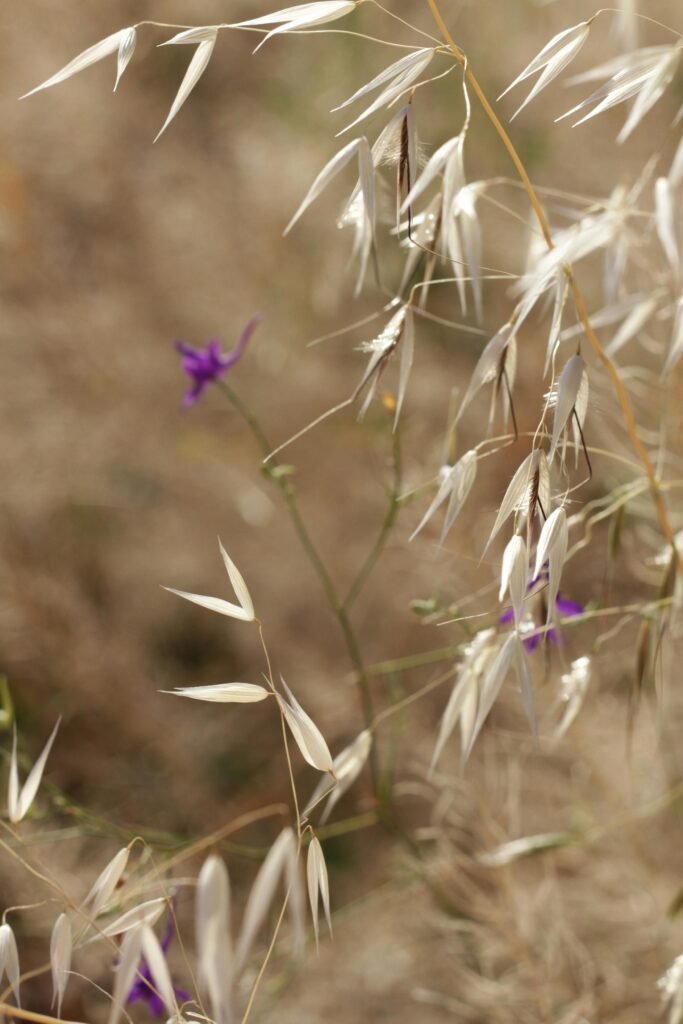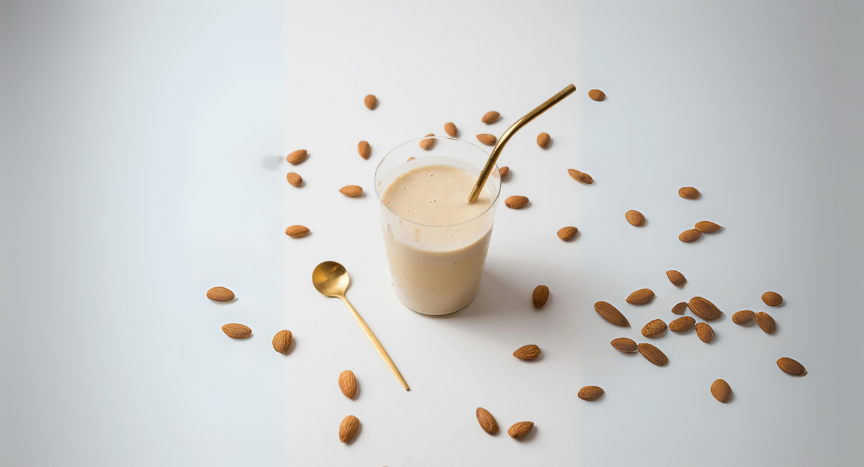Oat straw, an often-overlooked gem, offers health, wellness, and sustainability benefits. This
versatile herb, rich in minerals and antioxidants, is a must-have in every green family’s pantry.
What is Oat Straw?
Oat straw (Avena sativa) is the dried stems and leaves of the oat plant, harvested before the
grain ripens. This herb has been used for centuries in traditional medicine, food, and skincare.
Fun Fact! Oats are a type of grain, but oat straw refers specifically to the dried stems and
leaves.
Natural Benefits of Oat Straw
Relaxes and Calms: Oat straw tea promotes relaxation, reducing stress and anxiety.
Skin and Hair: Oat straw’s anti-inflammatory properties soothe skin irritations and promote
healthy hair growth.
Bone Health: Rich in calcium, oat straw supports strong bones and teeth.
Immune System: Oat straw’s antioxidants boost immunity and protect against infections.
Digestive Health: Oat straw tea eases digestive issues and supports gut health.
Nourishing Oat Straw Infusion
Ingredients:
– 1 cup dried oat straw
-4 cups water
Optional: herbs like chamomile, lavender, or peppermint
Instructions:
- Combine oat straw and water in a jar.
- Steep for 2-4 hours or overnight.
- Strain and discard solids.
- Enjoy as a tonic or use as a base for teas.

Relaxing Oat Straw Bath Soak
Ingredients:
-1 cup dried oat straw
-1 tablespoon Epsom salts
-1 tablespoon essential oil (optional)
Instructions:
- Add oat straw and Epsom salt to warm bath water.
- Soak for 15-20 minutes.
- Relax and unwind.
Benefits:
- Soothes skin irritations and inflammation
- Relieves stress and anxiety
- Promotes relaxation and sleep
- Softens and nourishes skin
Where to Get Oat Straw
Find it at a local health store, buy it online or grow your own!

How to Grow Oat Straw
Before growing oat straw, research specific climate, soil, and regulatory requirements for your
region.
● Oat straw can be grown in high-altitude regions with cooler temperatures.
● Coastal regions with mild winters and cool summers.
● Areas with well-draining soil and adequate moisture.
Factors Affecting Growth
Temperature: Oat straw prefers temperatures between 40°F (4°C) and 75°F (24°C).
Moisture: Adequate rainfall or irrigation (20-30 inches/500-750 mm annually).
Soil: Well-draining, fertile soil with pH 6.0-7.0.
Sunlight: Full sun to partial shade.
Step by Step to Grow Your Own
- Choose a Location: Select a sunny spot with well-draining soil.
- Sow Seeds: Plant oat seeds in early spring or fall.
- Water and Maintain: Keep soil moist, and fertilize regularly.
- Harvest: Cut stems before grain ripens, and dry thoroughly.
Sustainable Uses
Compost: Add oat straw to compost piles for nutrient-rich soil.
Mulch: Use oat straw as natural mulch for gardens.
Animal Feed: Oat straw is a nutritious feed supplement for small animals.
Tips & Precautions
- Consult with a healthcare professional before using oat straw if pregnant or breastfeeding.
- Use high-quality, organic oat straw for best results.
- Store oat straw in a cool, dry place to maintain potency.
Oat straw is a treasure, offering numerous benefits for health, wellness, and sustainability. By
incorporating oat straw into your daily routine and growing your own, you’ll unlock the secrets of
this incredible herb.




